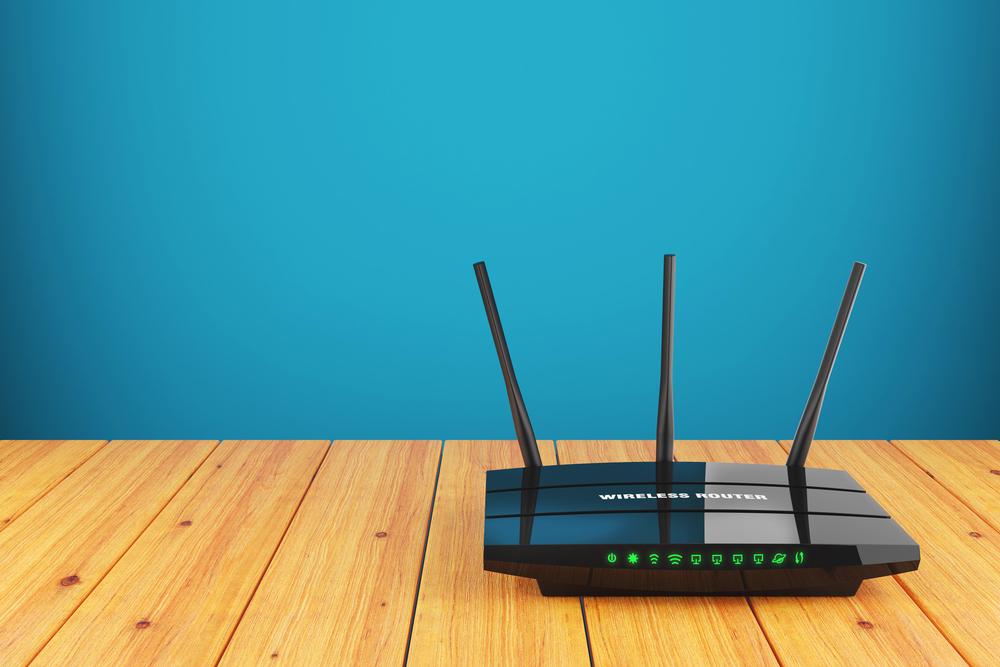Affordable High-Speed Internet Providers: A Complete Guide
This comprehensive guide explores affordable high-speed internet options, emphasizing the importance of speed, reliability, and cost-effectiveness. It highlights ways to find local providers, understand speed requirements, and access subsidies for low-income users. Whether for home or business, this article helps consumers make informed decisions to enjoy fast, affordable online connectivity, ensuring seamless communication and data security while managing their budgets effectively.

Affordable High-Speed Internet Providers: A Complete Guide
Getting budget-friendly high-speed internet options: An extensive overview
In the digital age, having fast internet is essential for both personal and professional needs. Beyond speed, affordability and reliability are key considerations for consumers.
A 2017 global report by Cable.co.uk indicates that internet costs in many countries remain high, with an average price of $66.20, placing the U.S. among the more expensive nations. Additionally, FCC data shows nearly half of Americans lack access to broadband speeds.
Considering these facts, it’s wise to research and compare various providers to find economical high-speed internet suitable for home and business use.
Why opt for the lowest-cost high-speed internet?
Fast internet improves overall connection quality.
Vital for home and workplace communication.
Supports web browsing, emails, HD streaming, gaming, and quick downloads.
Budget providers prevent service interruptions across multiple devices.
Important for webinars, video calls, and seamless professional communication.
High-speed internet is essential for cloud services, VoIP, data safety, and backups to prevent data loss and facilitate disaster recovery.
Choosing affordable options helps manage expenses while ensuring swift, stable internet for personal and business activities.
What exactly does “speed” mean?
Internet speed, measured in Mbps, indicates how fast data is transmitted to your devices like smartphones, tablets, or computers.
Broadband is another term for high-speed internet.
Minimum download speed is 768 Kbps, with upload speeds of at least 200 Kbps.
Speed varies based on connection types, such as cable, DSL, fiber, satellite, or mobile networks.
High website traffic can slow speeds, and device hardware/software also influences performance.
Multiple devices sharing the same connection may reduce speed.
Typical speed needs for users
Basic activities like browsing, emailing, and light streaming usually require 5-10 Mbps.
Moderate use cases like HD streaming and online gaming may need 10-40 Mbps.
Heavy gaming, large downloads, or multiple devices demand 40 Mbps or higher.
Consider the number of devices and usage patterns to select the right plan.
Factors like Wi-Fi strength, network congestion, and time of day impact speed.
Use online speed tests to verify your connection’s performance and usage habits.
How can you find internet providers nearby?
Availability varies widely by location; plan options depend on your area.
Websites like Allconnect can help identify available plans in your neighborhood.
Comparison sites and user reviews guide you toward cost-effective providers.
Government programs and nonprofit initiatives such as AT&T Access, Spectrum Internet Assist, and Lifeline offer subsidies.
Consult trusted sources like neighbors and friends for recommendations.
Combine TV and internet services to save money, and compare prices across providers using tools like BroadbandNow.
Are subsidies or assistance programs available?
Light internet users may access free services from providers like FreedomPop with a purchased modem.
Low-cost options such as NetZero and Juno offer DSL plans starting at $10, suitable for temporary visits.
Seniors on fixed incomes can benefit from programs like CenturyLink’s and Connect2Compete, especially if they qualify for benefits like Medicaid or food assistance.
Stay informed through websites like Cheapinternet for updates on affordable internet deals nationwide.
Note:
Our blog offers a broad range of practical and insightful information across multiple topics. While our research provides valuable guidance, readers should verify details independently, as data or offer availability may vary. The site does not assume responsibility for discrepancies or outdated offers that might better suit individual needs.










